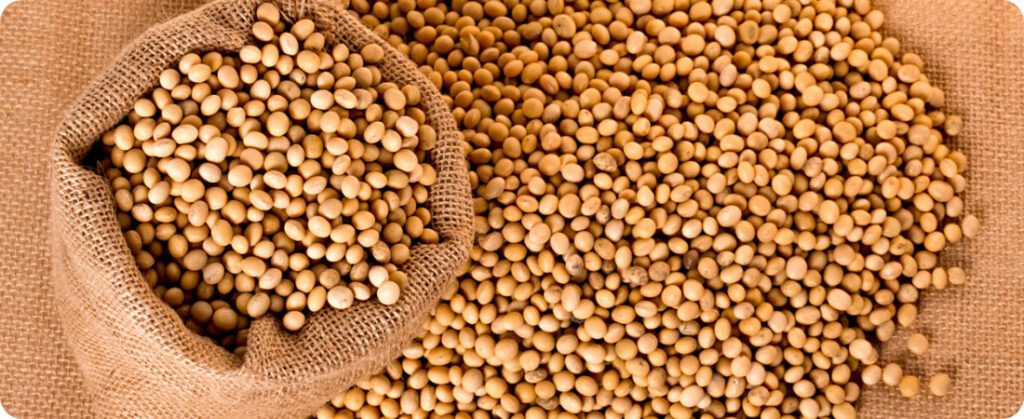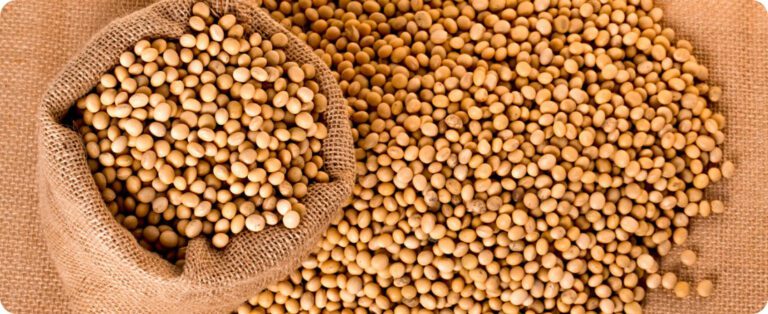
The futures of soy in the United States registered a slight increase overnight, driven by the delay in planting in Brazil, the world's largest exporter of the oilseed, and by the intensification of the drought in the main producing regions of the USA.
According to consultancy AgRural, as of this week, Brazilian producers have completed just 8.2% of planting, significantly below the 17% achieved in the same period last year. Extremely dry weather in Brazil’s agricultural areas has affected progress, but the forecast of widespread rains for next week brings potential relief to farmers.
The National Supply Company (CONAB) projects a harvest of 166 million tons of soybeans for Brazil. On the other hand, the United States Department of Agriculture (USDA) estimates an even higher production of 169 million tons, which would represent a historic record, in addition to surpassing the 153 million tons harvested in 2023.
Meanwhile, in the US, drought is worsening in the Midwest. According to the US Drought Monitor, 53% of agricultural land across nine states, including Iowa and Illinois, was in drought conditions as of Tuesday. This is a significant increase from 42% the previous week. Three months ago, the figure was just 3.7%.
Finally, in Kansas, where hard red winter wheat is being grown, 64% of the state is under drought conditions. That’s up from 57% the week before and 18% three months ago.
Soybean and other grain futures quotes
In overnight trading, November soybean futures rose 3¢ to $10.01 per bushel on the Chicago Board of Trade. Soybean meal rose $3.70 to close at $321.80 per short ton. Soybean oil, on the other hand, fell 0.12¢ to close at 42.47¢ per pound.
Corn futures rose 1¾¢ to $4.09½ a bushel. In the wheat market, December futures fell 1¼¢ to $5.88¼ a bushel. In Kansas City, wheat futures rose ½¢ to $5.96½ a bushel.
Source: Leonardo Gottems | agrolink















